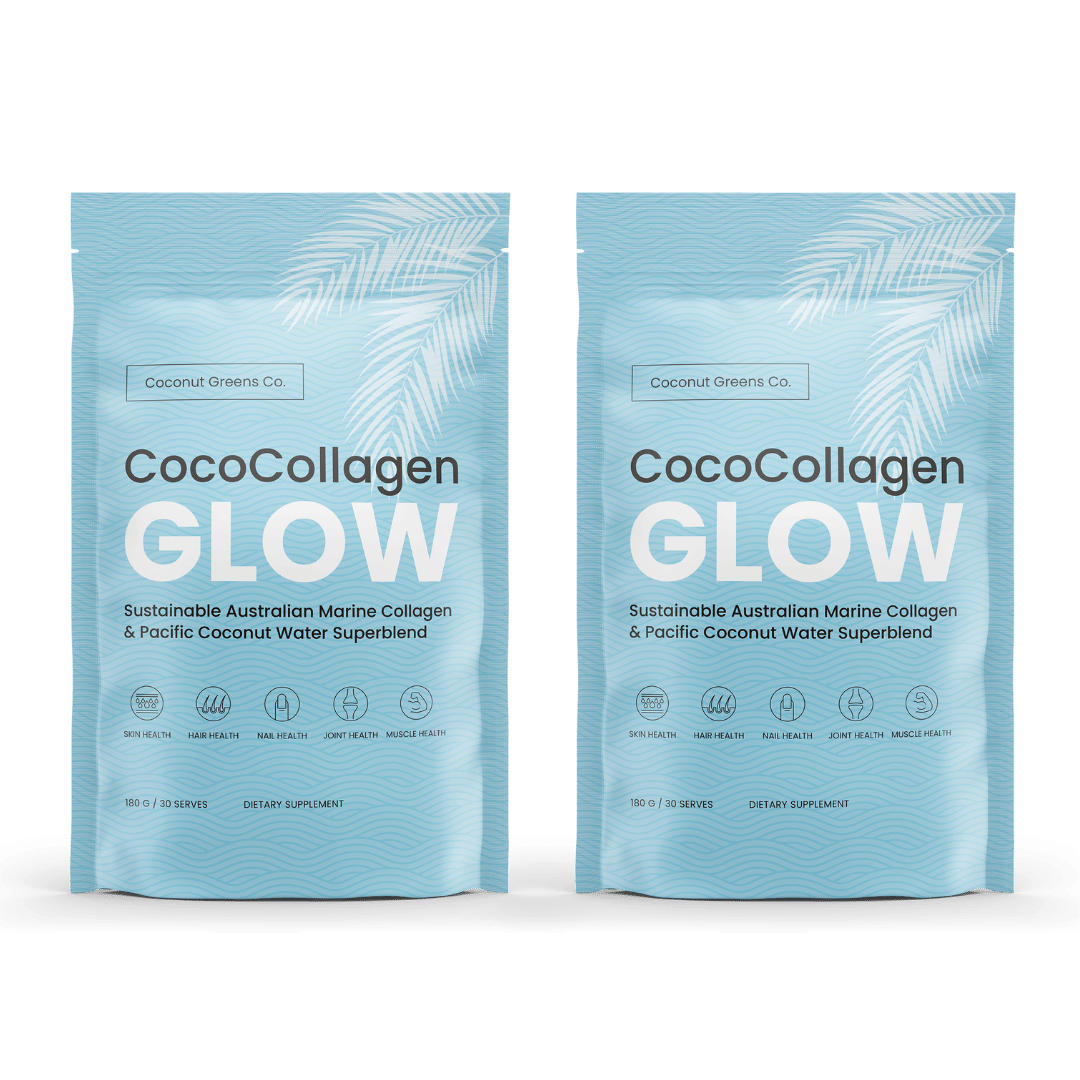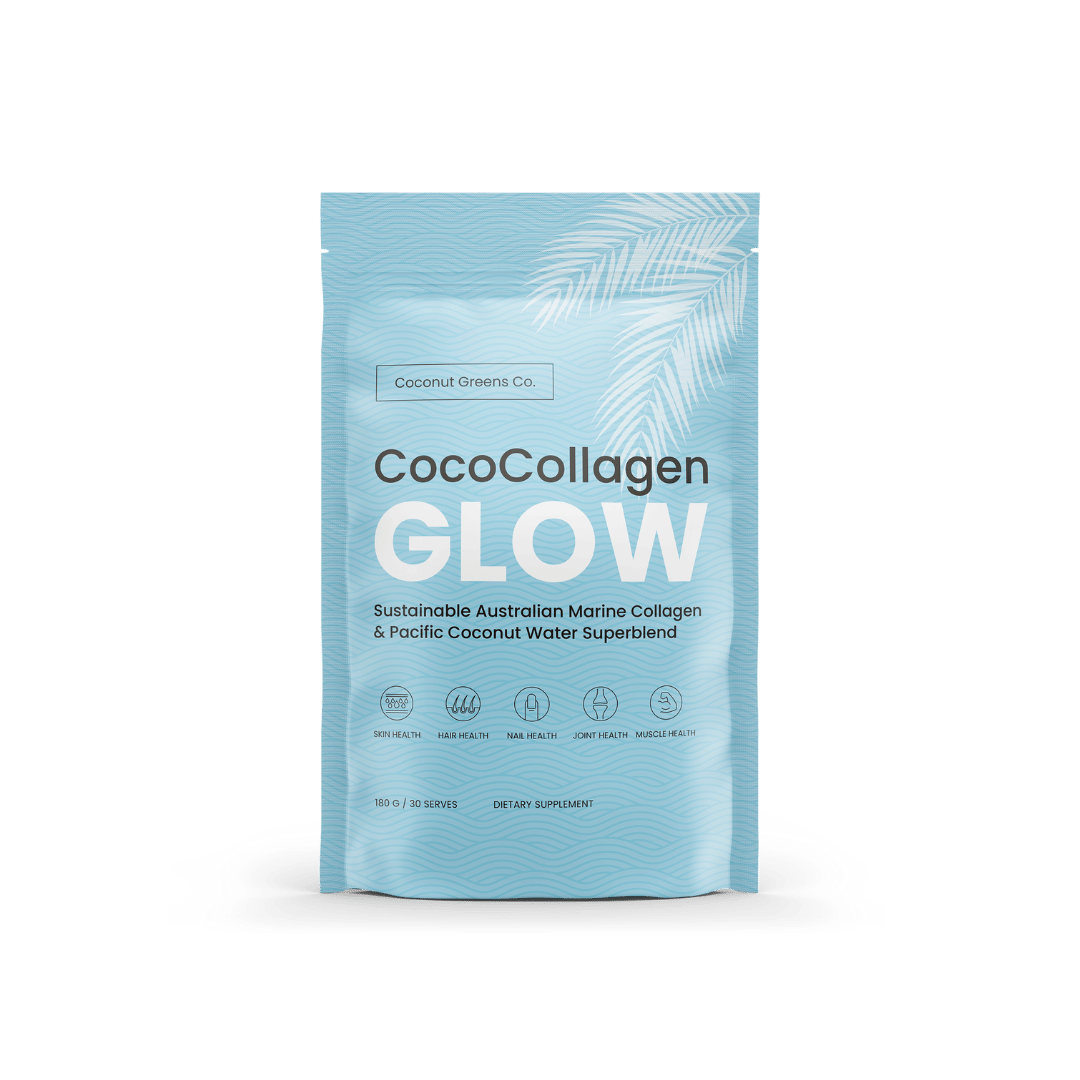Why fatigue isn’t just “normal”
If you hit a wall at 3pm, it’s not just bad luck or too little coffee. Many women and men experience daily energy crashes because of hidden nutrient gaps that undermine the body’s ability to generate steady energy.
The science behind energy dips
Your cells need vitamins and minerals to produce ATP—the molecule that fuels every action in your body. When you’re short on B-vitamins, magnesium, iron, or vitamin D, energy production slows and brain fog sets in【1】.
Common nutrient gaps
Studies show adults frequently underconsume key micronutrients, including:
B-vitamins (essential for energy metabolism)
Magnesium (muscle + nerve support)
Iron (especially for women)
Potassium and calcium (electrolyte balance)【2】【3】
Skipping meals or relying on processed foods makes these gaps wider.
Symptoms of low nutrient status
Afternoon energy crashes
Mood swings and brain fog
Slower recovery from exercise
More frequent colds
The role of a daily greens blend
Single supplements can be hit-or-miss【4】. A wholefood greens blend covers more bases: antioxidants, fibre, phytonutrients, and minerals in one scoop. Think of it as a nutrient safety net for busy days.
How to make it work
Take it daily for consistent results.
Pair it with water or your morning coffee.
Track energy levels in a journal for two weeks.
Bottom line: Afternoon fatigue is often a signal of missing nutrients. A greens powder habit helps close the gap, giving you steadier energy throughout the day.
References:















